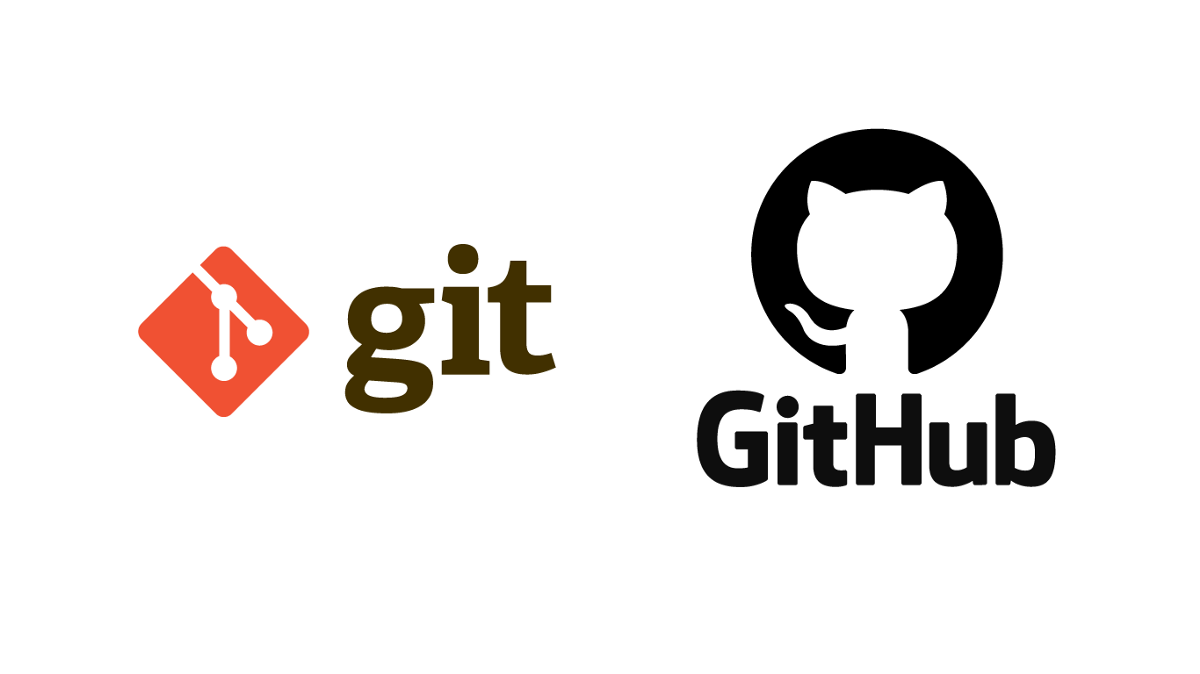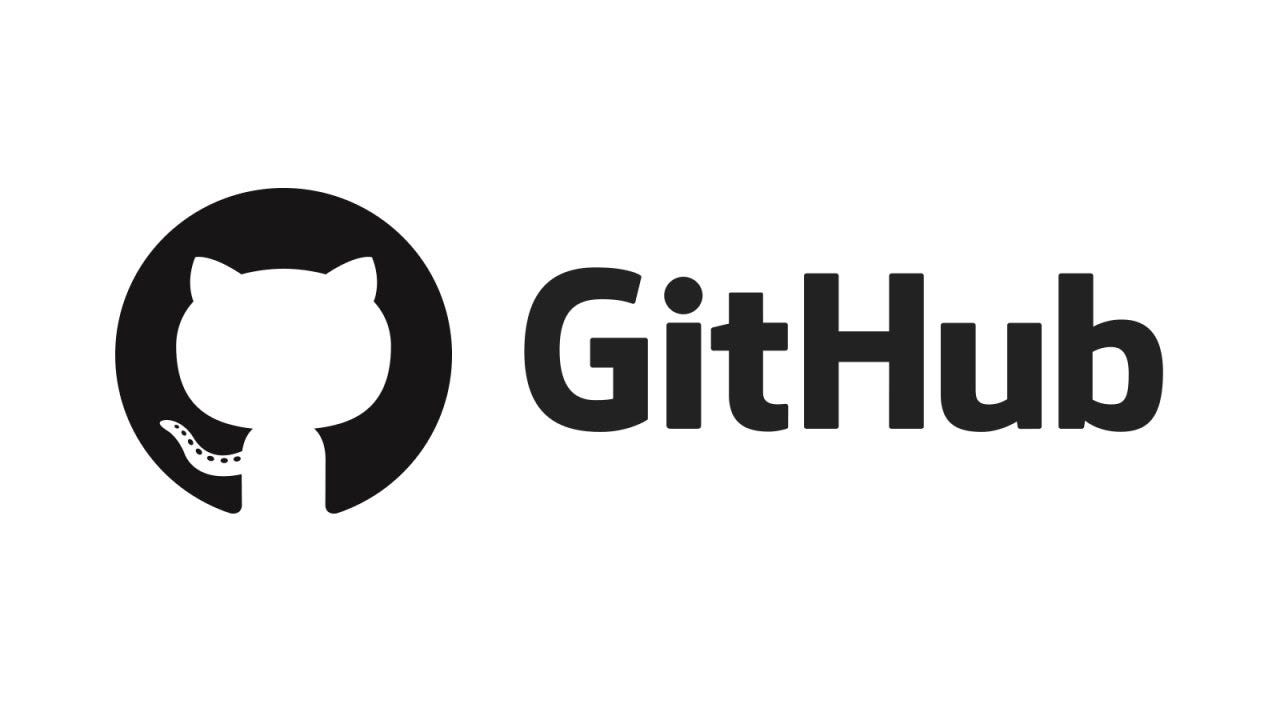Git and GitHub for Beginners: Version Control Made Easy
Version control is one of those skills that developers should have in order for teams to manage code changes, team collaboration, and history tracking related to a project.
What is Git?
Git is the open source version control system developed in 2005 by Linus Torvalds. It offers the following advantages:
- Monitor the changes in your code.
- If something breaks, revert to the previous versions.
- Work collaboratively with others without overwriting each other's changes.
What is GitHub?
GitHub is a cloud-based service that employs Git for version control. It serves as a hosting service for repositories where developers can:
- Host and share their code online.
- Participate in open-source projects.
- Work with others.
Why Use Git and GitHub?
- Backup your work: Code is safely stored in repositories.
- Collaboration: Work with other developers with ease.
- Version control: Track each modification, who made the changes, and when it occurred.
- Open-source contributions: Be part of cool, community-driven projects.
Getting Started with Git:-
1.Install Git
- Download and install Git from git-scm.com.
- Set up your username and email to associate your changes with your identity
3.Basic Git Commands
- Initialize a repository:
- Check the status of your files:
- Add changes to the staging area:
- Commit changes:
- View commit history:
Getting Started with GitHub:-
1.Sign up for a GitHub Account
- Go to github.com.
2.Create a Repository
- Navigate to your GitHub dashboard and click the "New" button.
- Name your repository and choose public or private.
3.Connect Your Local Repo to GitHub
- Use the following commands to link your local Git repository to GitHub:
Common Git and GitHub Workflows:-
1.Download a repository from GitHub to your local machine
- Clone a Repository
2.Making Changes and Pushing to GitHub
Tips for Newcomers:-
- Use README.md to describe your project in the repository.
- Practice making, committing, and pushing small changes.
- Practice making use of GitHub features, including issues, pull requests, and forks.














Comments
Post a Comment